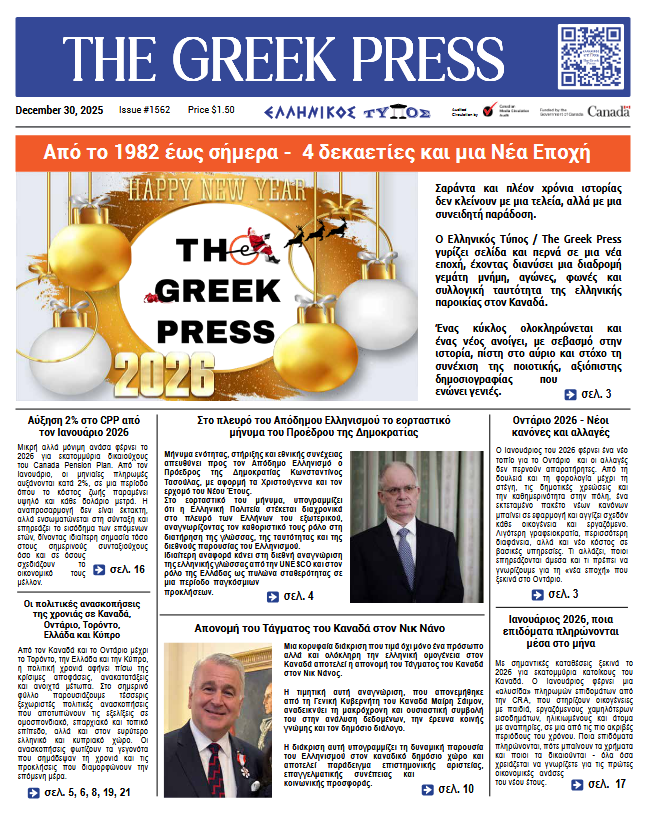 CLICK TO VIEW THE WHOLE PUBLICATION ONLINE
CLICK TO VIEW THE WHOLE PUBLICATION ONLINEDemetris Vohaitis - LJI Reporter
Prime Minister Mark Carney’s pledge to rein in federal spending will not exempt the Department of National Defence, despite a multibillion-dollar increase in military funding. Finance Minister François-Philippe Champagne confirmed this week that all cabinet portfolios, including defence, will be subject to stringent budgetary constraints beginning in the 2026 fiscal year.
The defence portfolio is poised to expand significantly in the coming years. In June, Carney unveiled a $9.3 billion increase in military spending for the current year, a move that preceded the recent NATO summit, where allies committed to elevating defence budgets to five percent of GDP by 2035. Yet even this substantial defence investment does not shield the department from cost-cutting requirements.
Defence Minister David McGuinty, speaking from Canadian Forces Base Trenton on Monday, confirmed receipt of Champagne’s directive but offered limited insight into how or where reductions might be achieved. “I haven’t had a chance to talk to my colleague,” McGuinty said, noting that he had participated in no discussions regarding “significant social services cuts at a federal level in order to achieve our defence priorities.” The minister deferred questions of fiscal redistribution to the Department of Finance.
The timing of these austerity measures is politically and economically charged. The Carney government, having opted to delay the customary spring budget update, is preparing its 2025 federal budget for release this fall. During the April election, the Liberals projected a $62 billion deficit and committed to balancing the operating budget by 2028, while allowing capital spending to remain in the red. The prime minister has repeatedly emphasized the need to “spend less” and “invest more” to fortify Canada’s economic position amid growing trade tensions with the United States.
In the absence of concrete outlines for reductions, critics, including the Parliamentary Budget Officer, have raised concerns that the deficit could outstrip official projections, citing Ottawa’s recent slew of new spending announcements.
Labour unions have also sounded the alarm. On Tuesday, the Public Service Alliance of Canada (PSAC) warned that deep program cuts could lead to extensive job losses and diminished public services. In a statement, PSAC expressed willingness to engage with the government in identifying savings, but cautioned that the current plan could shutter programs and exacerbate delays for essential services such as passport processing.
At the same time, a parallel initiative is underway to address bureaucratic inefficiencies. Treasury Board President Shafqat Ali announced on Wednesday the launch of a regulatory reform review across federal departments. Ministers have been tasked with identifying outdated or duplicative regulations and are expected to report back within 60 days with proposals to streamline service delivery and reduce administrative burdens.
In a related move, Michael Sabia, newly appointed head of the Privy Council Office, addressed federal employees directly on Monday, underscoring the need for institutional renewal. “Internal processes have become quite complicated,” Sabia acknowledged in a letter, pledging to prioritize simplification efforts. “Trying to simplify processes is going to be a priority. I know it is easier said than done. But it has to be addressed.”






























